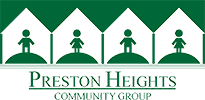Our History
T
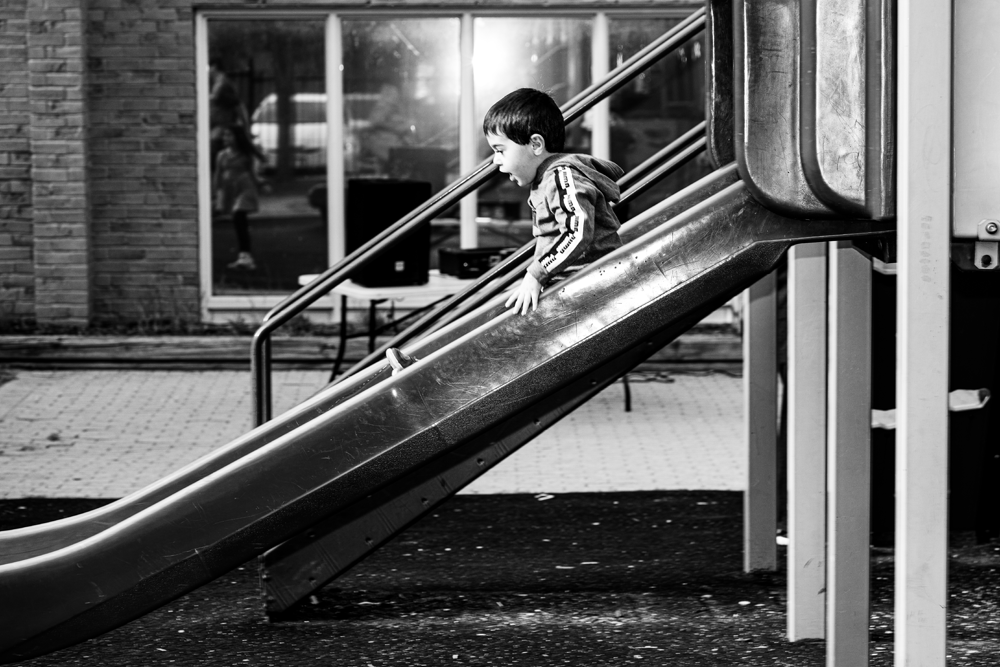
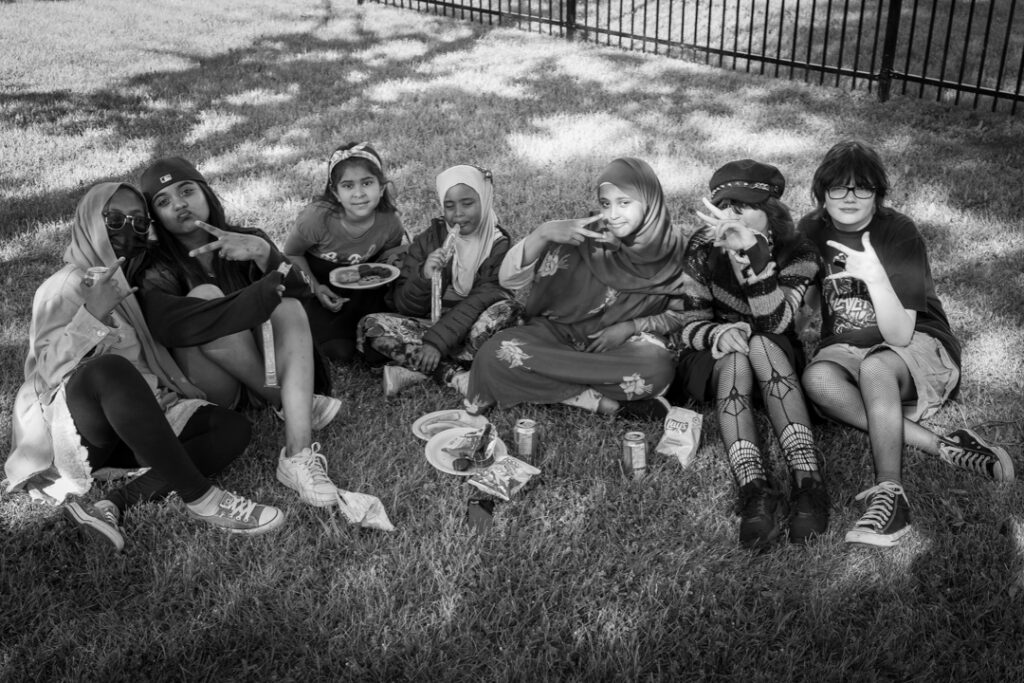
Preston Heights Community Group was founded in 1987 by a group of engaged neighbours seeking an opportunity for youth to participate in organized recreational and social activities.
We have since grown into a registered not for profit organization that serves children, youth, and their families.
Our Method
We follow a community development model: our community has the gifts and strengths to solve its needs. Read more here.
Our Story
PHCG was created in the 1980’s out of the civic activism of neighbours Darlene and Linda. At the time, it was a commuter and working class neighbourhood and geographically isolated from Preston centre – “living up the hill” created a sense of isolation felt by neighbours. Darlene and Linda worked to change this by hosting neighbourhood meetings in their living rooms. With the support of Bill Davidson from Langs, they moved these meetings to local schools where they also offered their first neighbourhood program; Youth Drop In Night. The summer playground and women’s time out programs soon followed.
Darleen
Founding memberA board of directors was formed and together they created vision and mission statements and a logo to guide the organization. Support from the City of Cambridge and the Lyle S. Hallman foundation moved meetings out of Darleen’s living room and into PHCG’s first community space on Parkview Crescent.
Volunteers and committee’s ran the centre and planned events. A part time community development worker was hired helping to more funding from Kiwanis and the United Way for summer picnics, movie nights, summer playground and an Leader In Training program.
Today our centre is located at 350 Linden Drive. The ‘pink buildings’ were purchased by Kiwanis and turned into affordable housing following the bankruptcy of the original developers. Originally designed to be a swimming pool and gym, the building was repurposed by Kiwanis and PHCG was invited in with offices downstairs and the youth room upstairs.
During the pandemic, PHCG saw a change of staff and temporarily moved our programs out of the Centre and into new locations for safe distanced and take home activities. While a challenge it was also an opportunity to review, get creative and try new things.
We have since moved back into the space with our office and programs located upstairs while our community partners Satellite Community Homes offices are located in the offices on the main floor. Thanks to Capital Grants from The Lyle S. Hallman Foundation and The Ontario Trillium Foundation, renovations were made to the building to increase accessibility and the type of programs that can be offered. PHCG still run camps, programs and events out of schools and other locations in Preston through out the year based around the interests and needs of the people in our community.
An important early decision was to name the organization the Preston Heights Community ‘Group’ and not ‘Centre’ because the focus and purpose was on people over place of meeting.
When we think of our PHCG story and our community we think of our neighbours and friends. George worked at a local laundromat and it felt to others like he knew everyone in the neighbourhood. He was always involved in volunteering at the centre and he never made anyone feel like they didn’t have his full attention and he genuinely cared about how their lives were going. Michelle is a legacy board member and volunteer of over 20 years – humbly leading and offering support to the organization and neighbours. ‘Nana loaf’s’ were bread baked by a neighbourhood grandmother for founding meetings. They are a reminder that everyone has something to contribute.
Our neighbourhood has grown in size and diversity since PHCG was first founded in 1987. While our centre reach was smaller then, we are still rooted in the sense of community it built.
Jenn S
PHCG Board Member & neighbor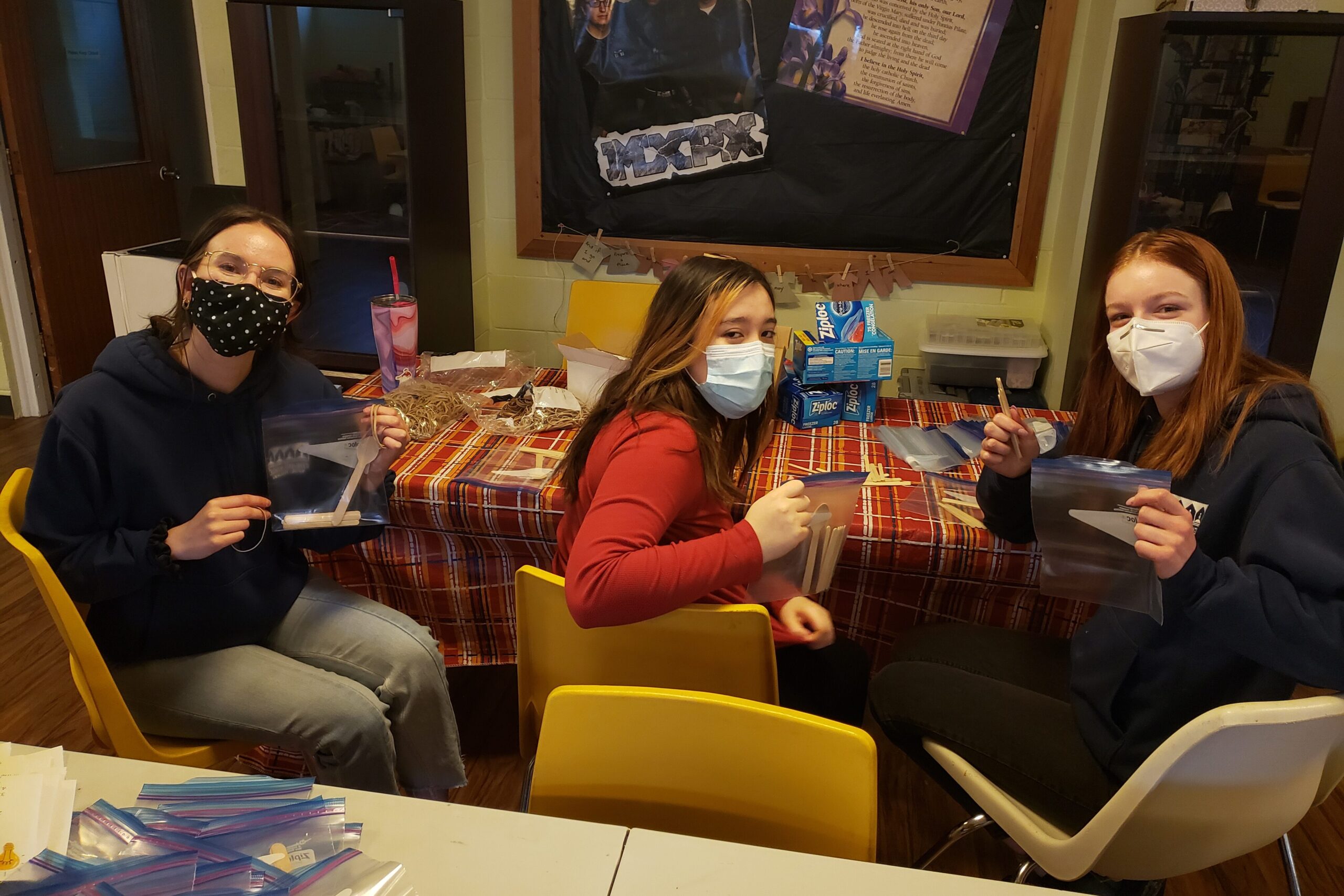
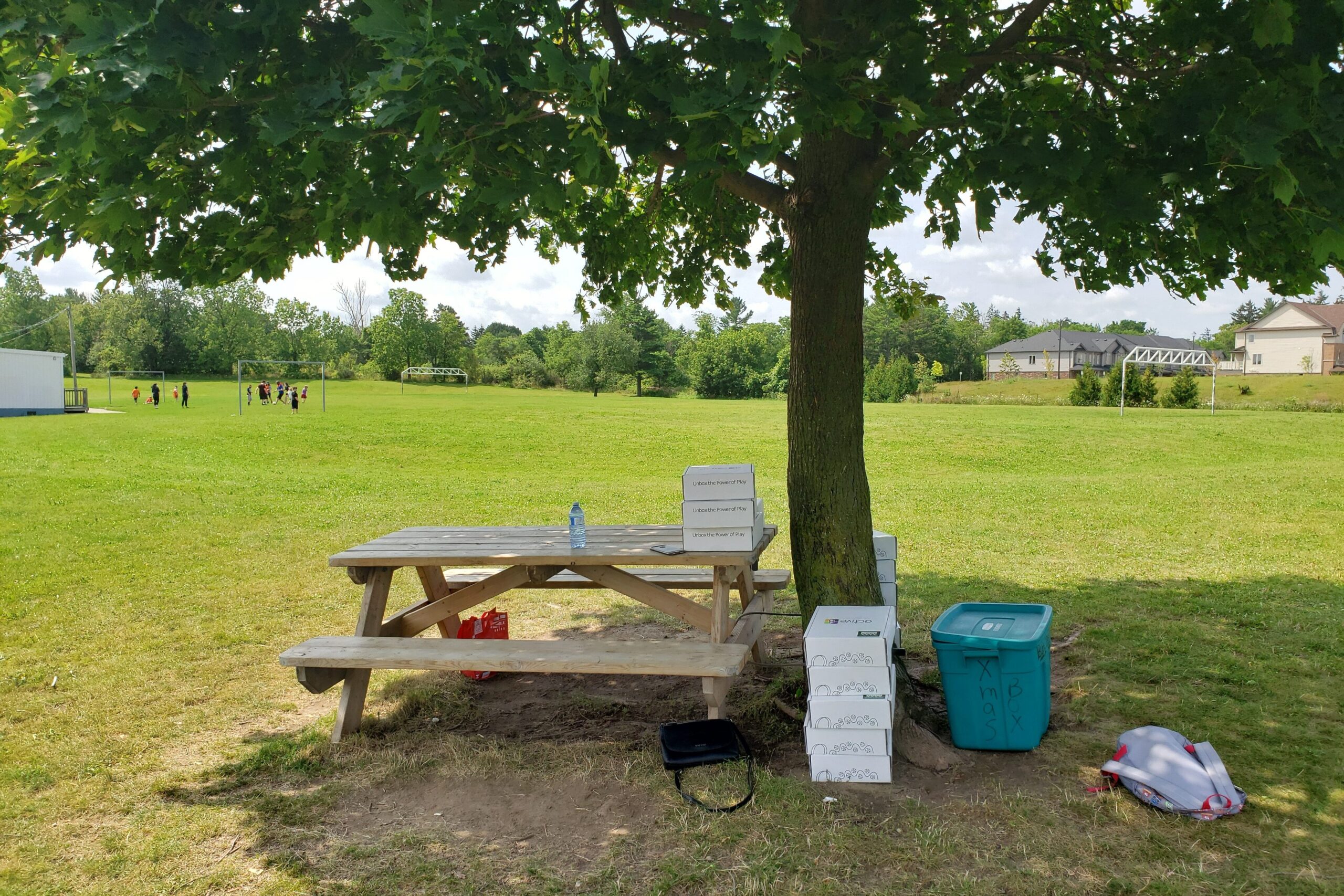

IT TAKES A VILLAGE
A. Decker Mural
Artist Note

The Preston Heights Community Group plays a vital role in bringing neighbors from all backgrounds together. In painting this mural, my aim was to produce an art piece that would resonate with all children who view it.
It is my hope that it will remind viewers of all ages of the power we have to positively impact those around us when we support each other.
This mural celebrates the understanding that it truly does “take a village.”
